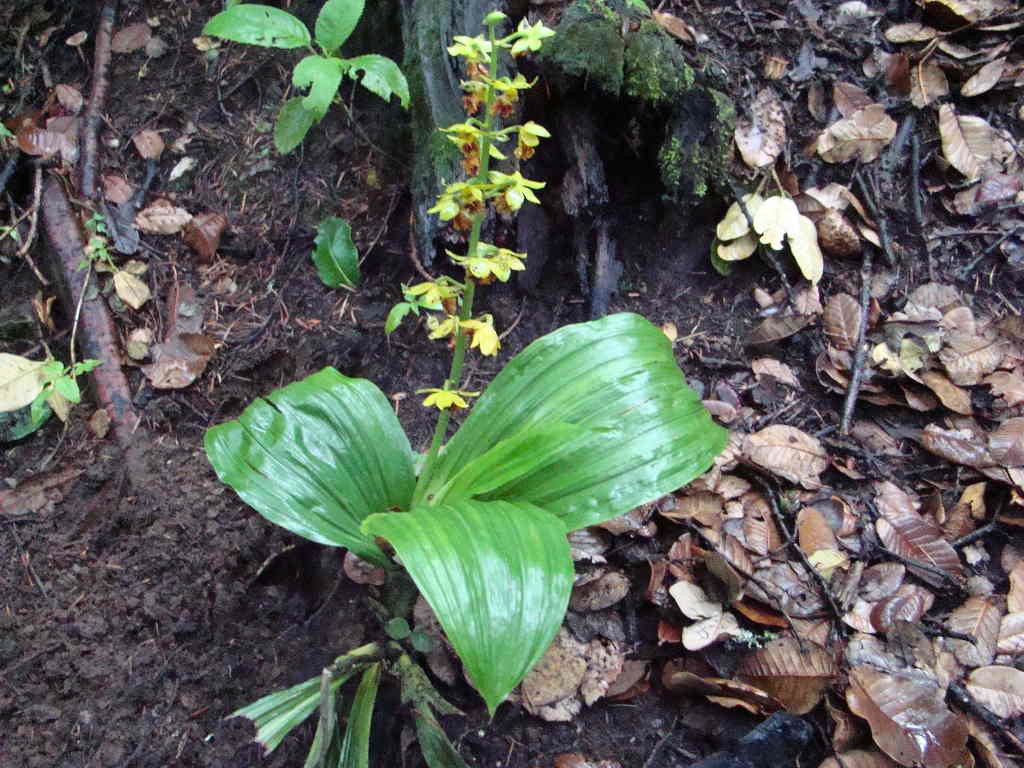
Calanthe tricarinata (Monkey Orchid)
Calanthe tricarinata, commonly known as the Monkey Orchid, is one of the most striking and rare terrestrial orchids found in the Great Himalayan National Park (GHNP). Known for its vibrant flowers and unique shape that resembles a monkey’s face, this orchid is a botanical treasure of the mid-altitude forests of the western Himalayas.
Natural Habitat in GHNP
The Monkey Orchid flourishes in the moist temperate forests of GHNP, particularly between 2,000 and 3,500 meters. It prefers:
-
Shaded forest understories
-
Humus-rich soil with good drainage
-
Protected slopes with consistent moisture
You’re most likely to spot this orchid in areas like the Sainj and Tirthan valleys, especially during the blooming season.
| English Name | Monkey Orchid, Hardy Calanthe Orchid |
| Local name | Not recorded |
| Botanical name | Calanthe tricarinata |
| Family | Orchidaceae |
| Distribution | It is common in moist forest of Tirthan, JiwaNal and Sainj Valleys |
| Description | It is a terrestrial herb stem 30-60 cm long erect, glabrous . Leaves 2 or 3 broadly oblanceolate, narrowed downwards acuminate. Flowers 1.5-2 cm long, greenish –yellow. |
| Flowering | April- July |
Botanical Features of Monkey Orchid
-
Height: Up to 40 cm
-
Flowering season: May to July
-
Distinctive yellow-green flowers with purple markings
-
The flower structure has three keels on the lip—hence the name tricarinata
Its monkey-like facial appearance makes it not just a botanical curiosity but also a photographer’s delight.
Ecological and Medicinal Significance
While Calanthe tricarinata is primarily celebrated for its ornamental beauty, some traditional healing systems attribute anti-inflammatory and diuretic properties to orchid tubers. However, its medicinal use is minimal compared to other Himalayan herbs.
Its role in GHNP’s ecosystem includes:
-
Supporting pollinators like bees and moths
-
Indicating forest health and moisture stability
Conservation Status
This orchid is vulnerable to habitat loss due to forest degradation and unsustainable collection. GHNP provides it legal protection under conservation initiatives, and it benefits from the park’s UNESCO World Heritage Site status.



